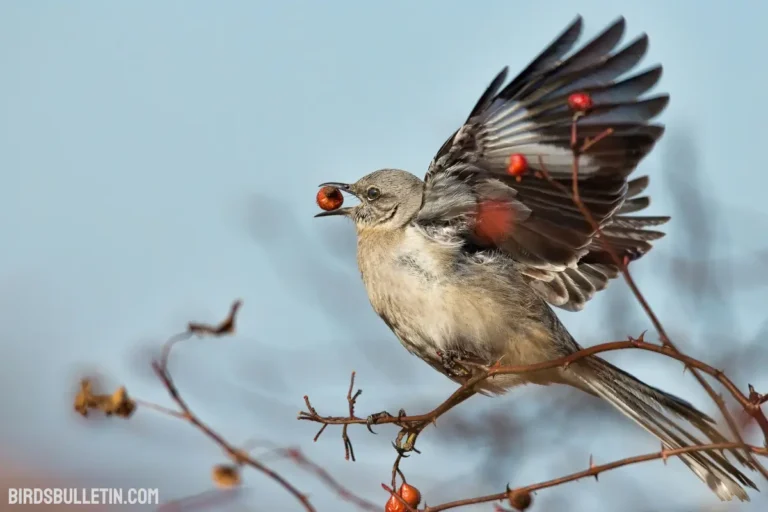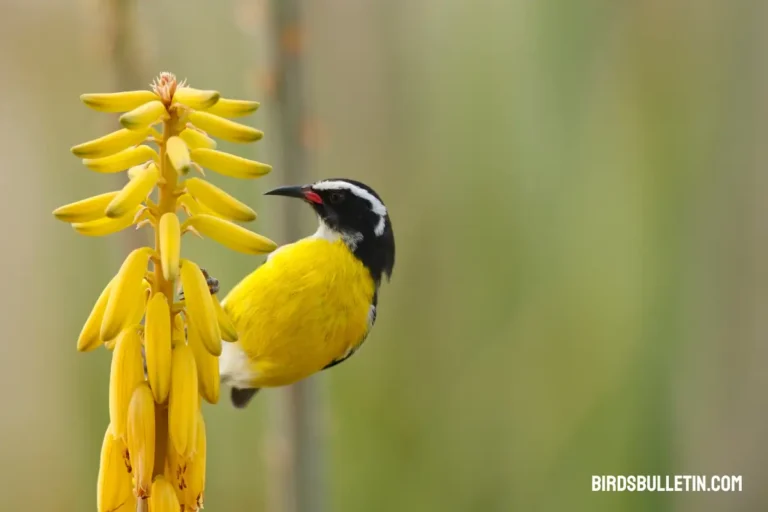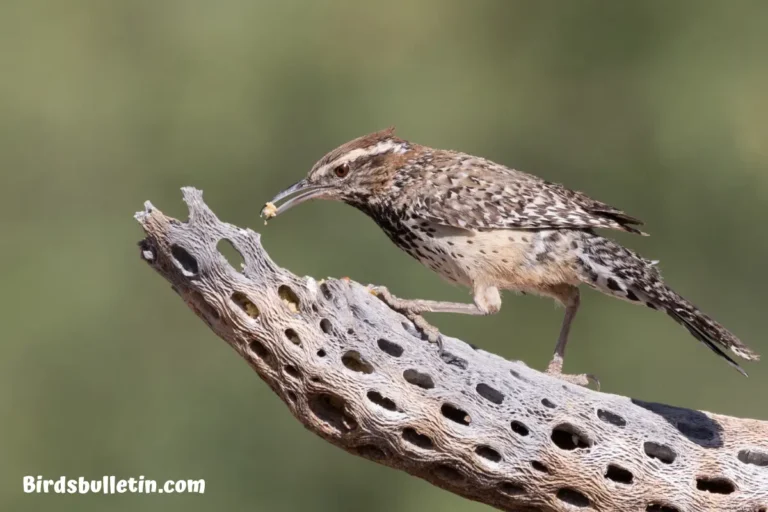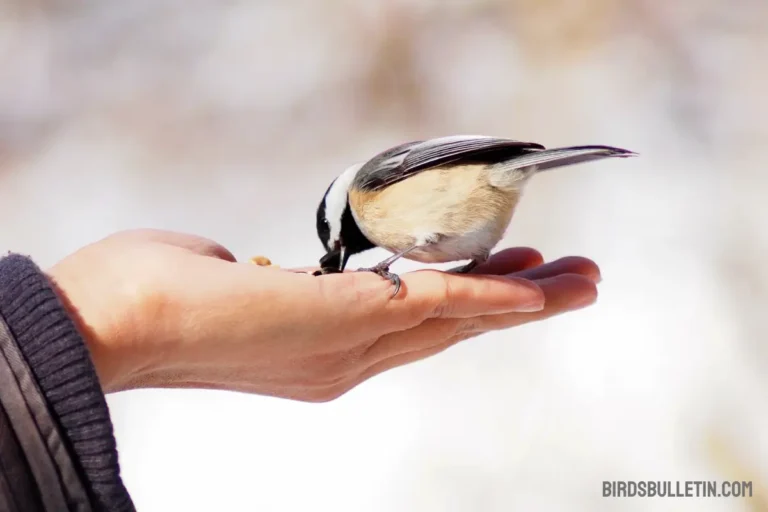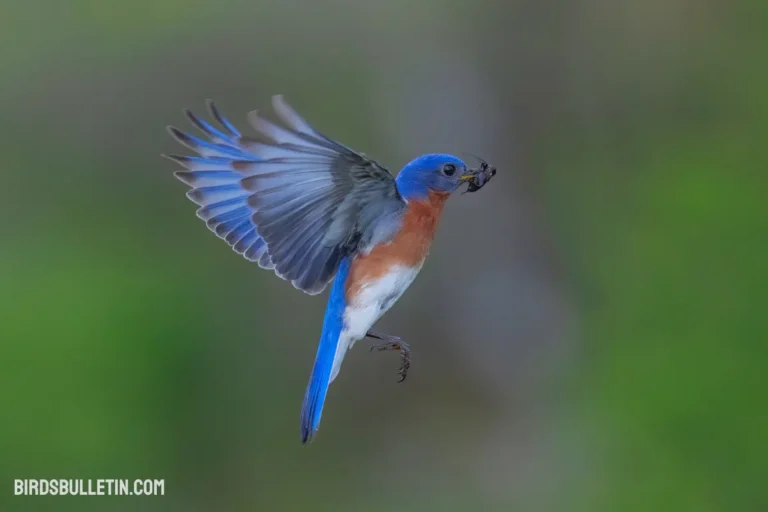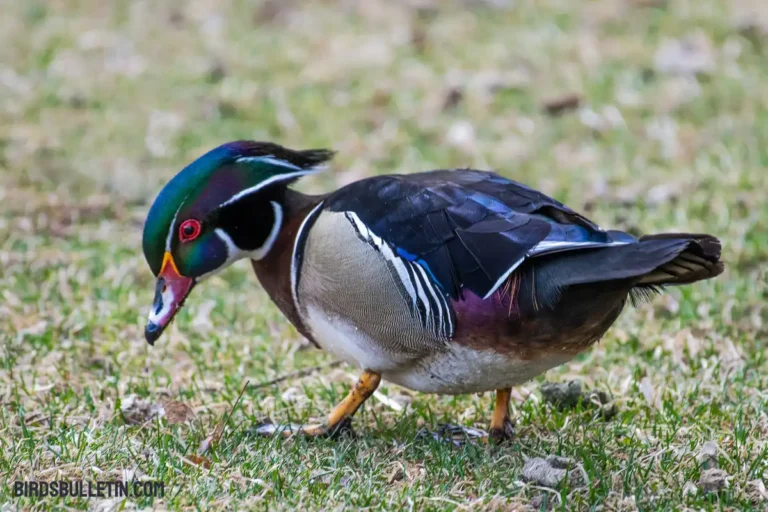What Does Hawaiian Goose Nene Eat?
The Hawaiian goose, also known as Nene, is the state bird of Hawaii. As the world’s rarest goose species, the Nene is endemic to the Hawaiian Islands and can only be found in the wild there.
The Nene is an herbivore that has adapted its diet to thrive on the vegetation available in its island habitat. Read on to learn more about what these unique geese like to eat.
Want to learn more about birds’ food and diet:
Favorite Foods of the Nene
| Favorite Nene Foods |
|---|
| Native grasses (pili grass, tufted hair grass, torpedo grass) |
| Leaves and seeds of native plants (mamane tree, naio, pukiawe, ohelo) |
| Berries (ohelo berry, pukiawe berry) |
| Introduced plants (clover, dandelion, lettuce) |
| Insects (beetles, moths, crickets) |
| Tree bark and twigs |
| Fallen fruits |
| Seeds of shrubs and trees |
How Nene Gathers Their Food?
The Nene are grazing birds and employ various foraging techniques to find the vegetation they like to eat. Here are some of the main methods they use:
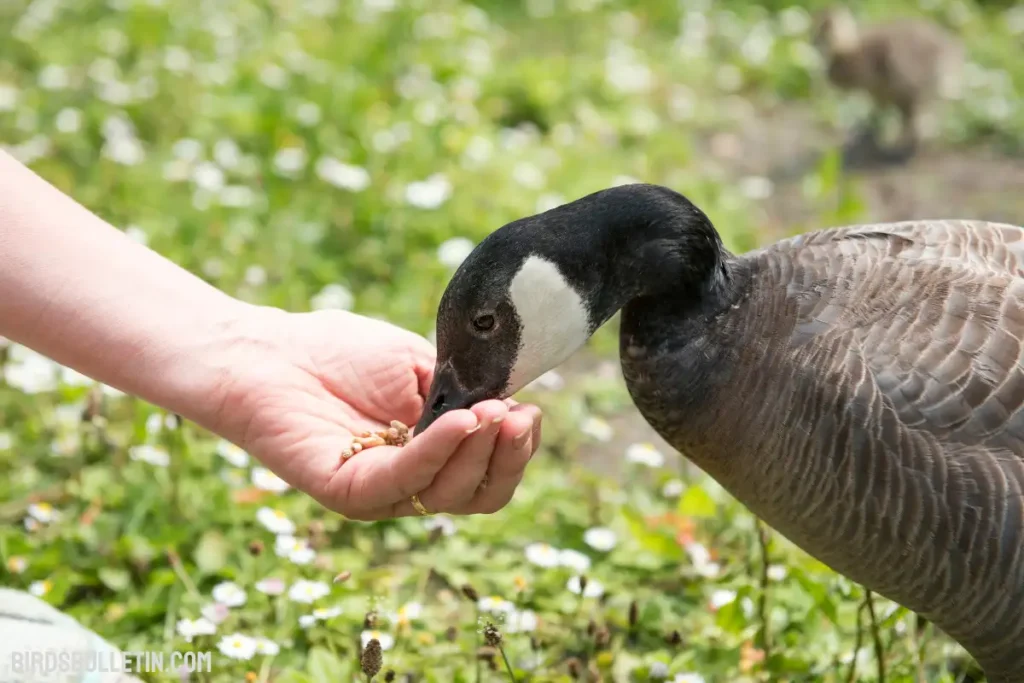
Grazing – Nene spend much of their time grazing on grasses. They use their beaks to rip grasses out by the roots or nibble the tips. This provides them with carbohydrates.
Browsing – Nene browse on leaves, buds, fruits, and seeds by reaching up and plucking them directly from trees and shrubs.
Gleaning – They pick up fallen fruit from the forest floor. Nene sometimes rubs fruits like berries against branches to knock them off.
Digging – Using their beaks and feet, Nene will dig in the dirt to uncover roots, tubers, seeds, and invertebrates.
Foraging in leaf litter – Dead leaves that accumulate on the ground are scratched through to find hidden fallen fruits.
What does Nene eat in Winter?
The winter months in Hawaii bring less abundant food sources for the Nene. Cold temperatures inhibit the growth of lush green grasses and plants that they normally eat. To survive the winter, Nene adapt their diet in a few key ways:
- Switch to eating more bark, stems, seed pods, and woody vegetation.
- Consume roots and tubers that they dig up which provide carbohydrates.
- Forage among leaf litter for fallen fruits that still have some nutritional value.
- Eat herbs and flowering plants like the non-native fireweed.
- Graze on dormant grasses that retain some nutritional value.
- Fly farther to find patches of vegetation still growing due to elevation and moisture.
Though their food options are reduced in the winter, the Nene is well-adapted to find sufficient nutrition to make it through until spring.
What Nene Chicks Eat?
Baby Nene are called chicks. For the first few weeks after hatching, Nene chicks are unable to forage for themselves and rely completely on their parents for food.
The adult female and male Nene take turns feeding the young chick’s food they have collected in their crop. Here is what Nene’s parents feed their chicks:
- Regurgitated semi-digested plant matter initially, then progressed to more solid foods.
- Insects, earthworms, and snails provide extra protein for growth.
- Seeds give carbohydrate energy.
- Fruits when available supplement vitamin intake.
- Fresh green leaves for vitamins and minerals.
Once they are two or three months old, Nene chicks begin to forage for food alongside their parents and start eating on their own.
But they may still beg for food from their parents through their first year. Good nutrition from their parents enables Nene chicks to grow and build up reserves to survive to adulthood.
Frequently Asked Questions
01. How does Nene find food on lava flows and rocky terrain?
On the rugged lava landscapes of islands like Hawaii, the Nene forages widely to find scattered vegetation in cracks and pockets of soil. Their partially webbed feet allow them to walk long distances over rough ground in search of food plants.
02. Does Nene need fresh water for drinking?
Interestingly, the Nene gets most of its moisture from the vegetation it eats. They can thrive in arid environments by eating juicy fruits and shoots. However, they will drink water when available.
03. Why don’t Nene feed in deep water like other geese?
As an island species, the Nene lost the need for specialized water adaptations like completely webbed feet. They rarely swim or feed in water since their native Hawaiian habitats lack large water bodies. The Nene is specially adapted to terrestrial grazing.
Summary
The specialized diet of the Hawaiian goose consists of a wide variety of plant foods allowing it to survive in its island ecosystem. The Nene has adapted effective foraging strategies to take advantage of the native and introduced vegetation in Hawaii.
Though limited during the winter months, food generally is abundant year-round for this endemic bird.
The Nene’s varied diet with its balance of carbohydrates, protein, vitamins, and minerals gives them the nutrition needed to maintain their wild population.
This unique Hawaiian bird serves as an excellent example of an herbivorous bird that has evolved to thrive within the constraints of an isolated island habitat.
References:
- Banko, P.C., Black, J.M. and Banko, W.E., 1999. Hawaiian goose (Nene) (Branta sandvicensis). In The Birds of North America (No. 434). Philadelphia, PA: The Academy of Natural Sciences and Washington DC: The American Ornithologists’ Union.
- Hess, S.C., Banko, P.C., Brenner, G.J. and Jacobi, J.D., 1999. Factors related to the recovery of subalpine woodland on Mauna Kea, Hawai ‘i. Biotropica, 31(2), pp.212-219.
- Woog, F. and Black, J.M., 2001. Foraging behavior and temporal use of grasslands by Nene: implications for management. Studies in Avian Biology, pp.319-326.


